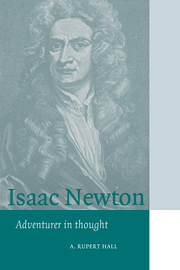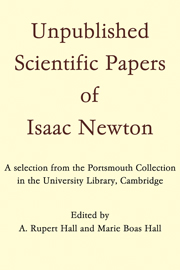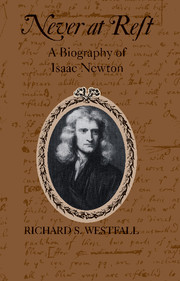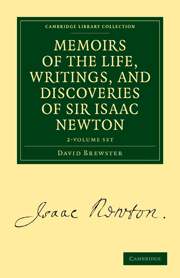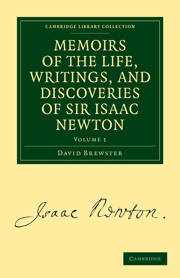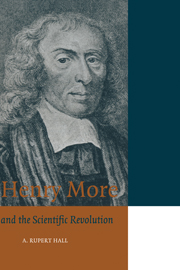Isaac Newton
In this elegant, absorbing biography of Isaac Newton (1642-1727), Rupert Hall surveys the vast field of modern scholarship in order to interpret Newton's mathematical and experimental approach to nature. Mathematics was always the deepest, most innovative and productive of Newton's interests. However, he was also a historian, theologian, chemist, civil servant and natural philosopher. These diverse studies were unified in his single design as a Christian to explore every facet of God's creation. The exploration during the past forty years of Newton's huge manuscript legacy, has greatly altered previous stories of Newton's life, throwing new light on his personality and intellect. Hall's discussion of this research, first published in 1992, shows that Newton cannot simply be explained as a Platonist, or mystic. He remains a complex and enigmatic genius with an immensely imaginative and commonsensical mind.
- Stimulating, up-to-date summaries of recent research on Newton's contributions to mathematics, optics, and mechanics
- Reads easily yet never unduly modernises or simplifies its subject matter
- Highlights Newton as the greatest natural philosopher of the seventeenth century
Reviews & endorsements
"...for anyone with an interest in the intellectual life of 17th century England it is well worth reading."
Product details
April 1996Paperback
9780521566698
488 pages
228 × 152 × 31 mm
0.68kg
15 b/w illus. 1 table
Available
Table of Contents
- General editor's preface
- Preface
- 1. The hopeful youth, 1642–1664
- 2. 'The prime of my age for invention', 1664–1667
- 3. Widening horizons, 1667–1669
- 4. The professor of mathematics, 1669–1673
- 5. Publication and polemic, 1672–1678
- 6. Life in Cambridge, 1675–1685
- 7. The chemical philosopher, 1669–1695
- 8. The Mathematical Principles of Natural Philosophy, 1679–1687
- 9. Private and public life, 1685–1696
- 10. Fluxions and fury, 1677–1712
- 11. Opticks, or a Treatise of Light, 1687–1718
- 12. Life in London, 1696–1718
- 13. A man of authority and learning, 1692–1727
- 14. Later books, 1706–1726
- 15. Kensington, 1725–1727
- Appendices
- Notes
- Bibliography
- Index.

